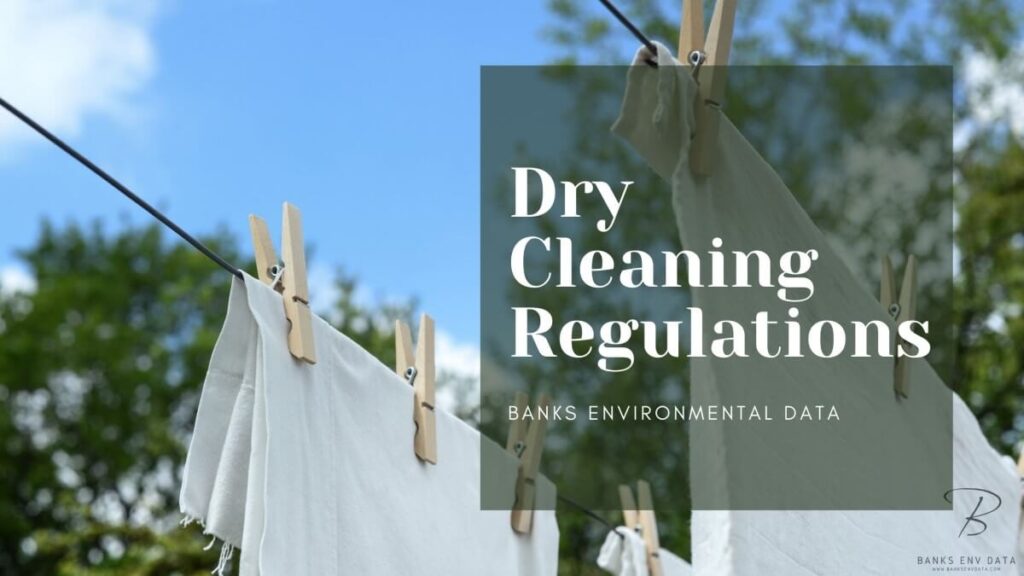
Perchloroethylene (Perc) and petroleum-based solvents are two of the most notable cleaning agents used by dry-cleaning facilities across the country. In 2020, EPA finished its final risk evaluation of perchloroethylene and found “there are unreasonable risks to workers, occupational non-users, consumers, and bystanders…” Both classes of solvents are subject to state and federal regulations in order to prevent improper disposal of generated hazardous waste and air emissions.
The final risk evaluation shows that there are unreasonable risks to workers, occupational non-users, consumers, and bystanders from 59 conditions of use. EPA found no unreasonable risks to the environment.
EPA
Regulations tracking and permitting dry-cleaning facilities are primarily set state by state. US Environmental Protection Agency (EPA) also claims limited oversight of dry-cleaning facilities under RCRA hazardous waste requirements, Clean Water Act, Clean Air Act, and CERCLA.
Leaking tanks of spent solvent or otherwise improperly disposed solvents can seep into the ground, contaminating groundwater in the area. The solvents often can’t be smelled or tasted before reaching levels harmful for human health. These findings make it imperative to include dry cleaning facilities in Phase I Environmental Site Assessments (ESA) to ensure proper management of these properties and stewardship of our environment.
To learn more about EPA’s findings and how your state is handling perc and general dry cleaner regulations check out the below links:
EPA AL CA CO CN DE FL GA HI IL IN IA KS
KY LA ME MD MA MI MN MO NE NJ NY
No specific information available for: AK, AZ, AR, ID, MS, MT, NV, NH, NM, ND, OH, OK, PA, SD, VT, WV, WY
